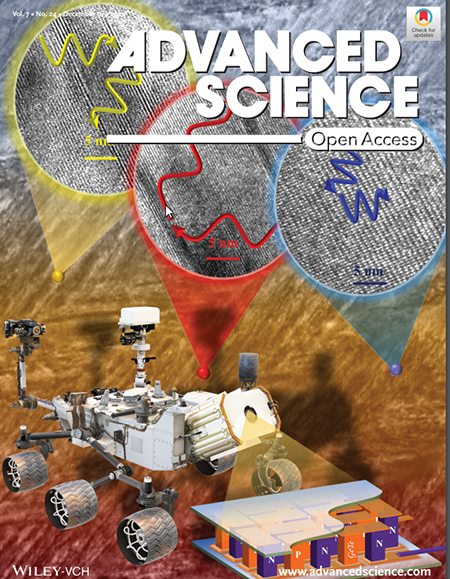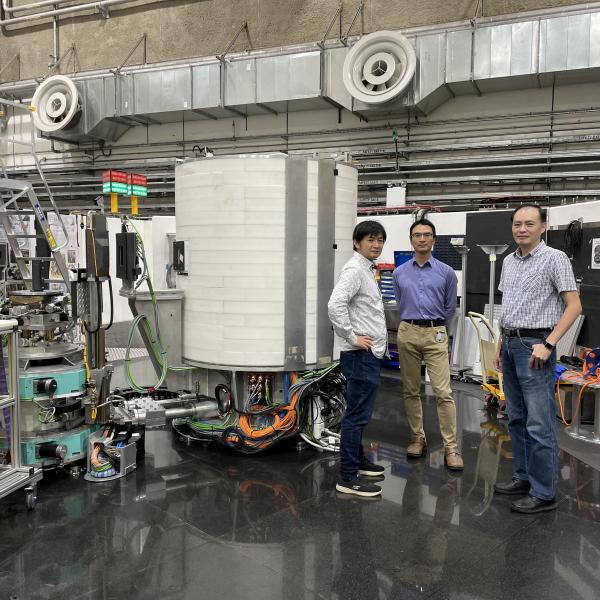

Published on the 19th February 2021 by ANSTO Staff
Key Points
-
Research provides a new perspective to explore emerging thermoelectric materials using phonon engineering for clean energy and space applications
-
Some unusual phonon mechanisms in an advanced material made with germanium and tellurium and doped with antimony reduced lattice thermal conductivity and contributed to high electrical conductivity
-
Inelastic neutron scattering measurements of phonon dispersion were undertaken using the Sika cold triple-axis spectrometer at ANSTO
Update 19 February 2021
Today NASA successfully landed the Perseverance Rover on Mars. Nuclear-powered technology will enable the Rover to carry out its mission on the red planet. Read about our recent research on thermoelectric technologies.
Recent research using the Sika cold triple-axis spectrometer included a study on an advanced material for energy applications, such as the thermoelectric conversion of waste heat into electricity and heat into electricity to power space probes.
A large international research team led by Dr. Yang-Yuan Chen of the Academia Sinica in Taiwan investigated how heat is transferred in an advanced thermoelectric material made with germanium (Ge) and tellurium (Te) and doped with antimony (Sb). The study, which was published in Advanced Science was chosen for the inside back cover of the November-December 2020 issue.
An efficient GeTe-based radioisotope thermoelectric generator (RTG) that powered the Mars Curiosity Rover is depicted on the cover.

The material was a skutterudite that converted heat from the radioactive decay of plutonium into electricity via thermal coupling.
It is based on the Seebeck effect, a phenomenon in which a temperature difference between two dissimilar electrical conductors or semiconductors produces a voltage difference between the two substances.
Some unusual phonon scattering mechanisms were discovered in the optimal concentration of the Sb-doped GeTe single crystal material, as demonstrated by the observed unique herringbone microstructure and defect structures at the nanoscale, and confirmed in neutron scattering experiments, density functional theory calculations, and Raman spectroscopy measurements.
Inelastic neutron scattering measurements on the Sika instrument provided the dispersion of phonons. A phonon is quanta of a lattice vibration.
The investigators reported that phonon dispersion and a new phonon band were thought to reduce lattice thermal conductivity while maintaining high electrical conductivity in the material.
The research results highlight the importance of phonon engineering in improving performance in thermoelectric devices.

This graphic from the US Department of Energy explains how a thermo electric power source works, such as was used in the NASA Perserverence Rover
It provides a new perspective to explore emerging thermoelectric materials for clean energy applications and space applications.
Dr Shinichiro Yano of the National Synchrotron Radiation Research Centre (Taiwan), who is based at ANSTO as a Sika instrument scientist, was a co-author on the paper. Other collaborating organisations included the National Tsing Hua University (Taiwan), Clemson University (US), the Air Force Research Laboratory at Wright Patterson Air Force Base (US) and the National Synchrotron Radiation Research Centre.


